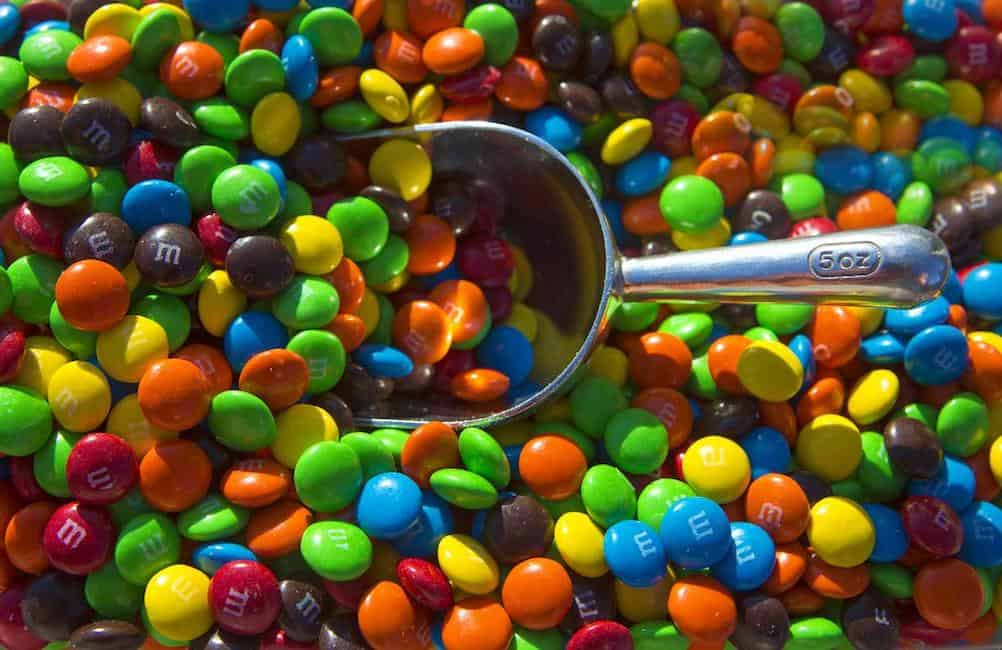
We’ve all heard of unique selling propositions (USPs) used in advertising for decades, but let’s start by defining one.
A USP highlights the unique benefit that a company, service, product or brand has that allows it to stand out from its competition. To be effective, a USP should focus on a benefit of the product that is important to customers (rather than being important to the seller). The more clear your USP can be, the more customers will understand the difference between your product and your competitors. A very clear USP may also help customers form a positive attitude toward the company, product or brand. It can even improve brand recall.
One effective corporate USP comes from M&M Candies: “Melts in your mouth, not in your hand.” Still in use today, this USP debuted in 1954 when the company covered chocolate drops with a hard sugar coating that kept the chocolate from melting the way other brands’ chocolates did.
While a company’s USP is a statement that makes the company or its product stand out against the competition, the same thing can happen to help your trade show booth stand out as well. Creating a trade show USP starts with having written goals for the reason you’re exhibiting. It’s not enough to exhibit at a show “just because we’ve always been there.” You have to have solid reasons for why you’re investing in reaching that particular audience.
Once you know why you’re going to be at a specific show (or series of shows), you can start planning how your exhibit can stand out against your competitors’ booths. To do so, your trade show USP should accomplish one or more of the following objectives:
- Make it visual: Let the attendees see what makes your product different.
- Make it dramatic: Add to its memorability by dramatizing its benefits.
- Make it interactive: Allow your audience to participate in it.
- Make it demonstrable: Letting show visitors make it happen for themselves makes it unforgettable.
- Make it provable: If you can prove your product is better, do so.
Years ago, a company created a USP that happened to accomplish all five of these objectives. The company had developed a lightweight, shatterproof clear plastic sheet product and came up with a trade show USP that claimed their product offered “Shatterproof Savings.” Because the product couldn’t break, it saved on repair and maintenance costs. Because it was half the weight of ordinary glass, it saved on shipping costs. Because it was less expensive than ordinary glass, it offered savings to customers on their initial investment as well.
And the company set about to prove all that in its booth. In one area of the company’s large exhibit, it had suspended a bowling ball from a long pendulum, so it swung in an arc from one side of the demonstration area to the other. When the demonstration was about to begin, the narrator approached attendees with a hammer in one hand and two small pieces of the company’s plastic material, with a $100 bill sandwiched between them. Spectators were invited to break the transparent plastic with the hammer. If they could, the narrator explained, the $100 was theirs to keep. Of course, it couldn’t be done.
Having gathered a crowd, the narrator placed a large sheet of ordinary glass in a frame on the right side of the display. He grasped the bowling ball and pulled the pendulum back to the left, then released it. Predictably, it swung back rapidly and shattered the glass.
He then placed a sheet of their plastic material in the same frame and began to repeat the action. Only this time, he invited an attendee to stand behind the sheet of plastic, in a seemingly dangerous position. When he allowed the pendulum to swing back again, the bowling ball slammed into the plastic sheet and bounced off without leaving a scratch. The sheet—and the nervous spectator—were both unharmed.
Another part of the demonstration used two scales to show the comparative weight of glass and the company’s plastic. An identically sized sheet of each material was placed on the side-by-side scales. The weight difference was easily seen. The exhibitor’s plastic sheet was clearly much lighter.
In one 10-minute presentation, the company was able to make its trade show USP, “Shatterproof Savings,” visual, dramatic, interactive, demonstrable and provable. Can you do the same with your product, company or brand at your next trade show? The more of these five points you’re able to integrate, the more memorable and interesting your trade show USP will be.










